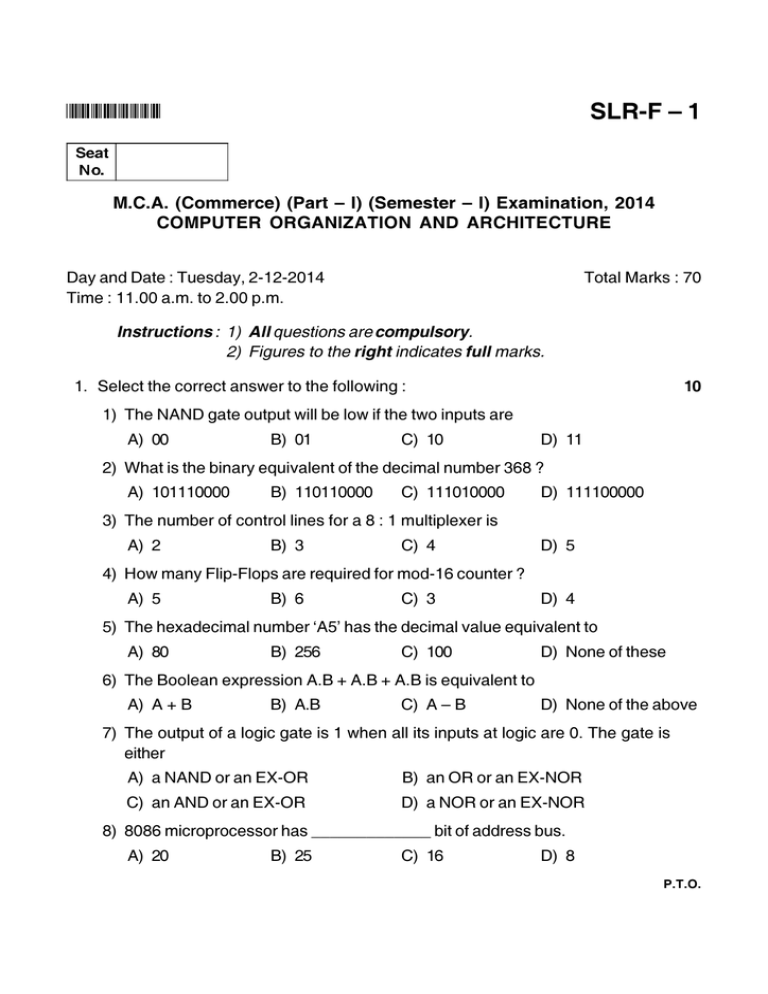

Then, we discussed the pow function in Python in detail with its syntax. This article discussed the mathematical intuition of the exponentiation function, a basic approach towards power function in Python, use of an Exponent Arithmetic Operator for finding power. We finally come to the closure of this article. Using the power function of the Scipy Package Using the power function of the Numpy Packageģ. Other than the method described above, there are three other methods with the help of which we can calculate the power function. Print(base,"raised to the power of",power,"and thereby applying the modulus on",modulus,"gives",result) Print(base,"raised to the power of",power,"gives",result) The following are the different combinations of values of x,y, and z that are permissible in pow function with their respective return types: Example #1 The third argument makes the pow function unique and robust.

Very frequently, we require to find the power of a number in our program, and it is in this scenario that the knowledge of this power function comes in handy.

Day by day, the programming logic is getting complex, so it becomes very crucial to know all the calculation methods. Programming as we know it has developed over time since its inception. Now that we have discussed the Power Function’s mathematical intuition let us come to the programming aspect of it. yy=0: When y is 0, then the result of the exponentiation would be 1.Example: – 2 4 = 2*2*2*2 = 16 (the base i.e 2 multiplied repeatedly exponent i.e. y>0: When y is positive, then the result of exponentiation would be repeated multiplication of the base.

Web development, programming languages, Software testing & others Start Your Free Software Development Course


 0 kommentar(er)
0 kommentar(er)
